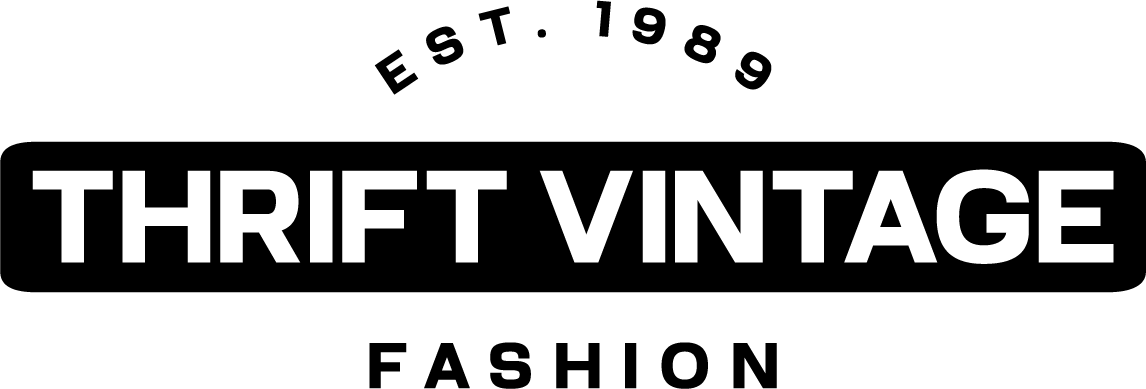
This Holiday Season: A Surge in Used Clothing Sales
As the holiday season approaches, secondhand clothing is set to dominate more than ever. With economic challenges and a growing desire for sustainability, consumers are turning to pre-loved fashion for its affordability, unique appeal, and eco-friendly benefits. This shift is expected to result in a significant surge in secondhand clothing sales, and resellers should be prepared to meet the rising demand.
A Booming Market Ready for Growth
The secondhand clothing market is thriving, projected to reach $64 billion by the end of 2024, according to ThredUp’s 2023 Resale Report. Consumers are increasingly seeing the value in buying pre-loved items, not just to save money but to make more environmentally responsible choices. This holiday season, that trend will accelerate as budget-conscious shoppers seek out stylish yet sustainable gifts and outfits.
Resellers: Ready for the Rush?
-
Affordability Meets Opportunity
As inflation impacts household spending, secondhand clothing offers a solution for shoppers seeking style without the hefty price tag. This season, resellers have a unique opportunity to provide cost-conscious buyers with curated, affordable pieces that fit their needs. Stocking up on a range of price-friendly options will help capture this growing market, especially as consumers are looking to stretch their dollars further. -
Sustainability as a Selling Point
The holidays are typically a time of excess, but many consumers are now prioritizing more mindful consumption. Resellers can tap into this trend by highlighting the sustainability of secondhand clothing. With increasing awareness of the environmental impact of fast fashion, many shoppers are actively seeking out eco-conscious alternatives, making secondhand clothing a perfect match for their values this season. -
Gift-Worthy Inventory
Secondhand clothing is no longer seen as a "cheap" option but as a thoughtful, unique gift choice. Shoppers are looking for special items—whether vintage designer pieces or quirky holiday finds—that offer a personal touch. Resellers should focus on stocking gift-worthy items that appeal to those searching for meaningful presents with stories behind them.
The Role of Online Resale Platforms
Online resale platforms like Poshmark, Depop, and ThredUp have revolutionized secondhand shopping, making it easier for consumers to access curated collections from the comfort of their homes. These platforms are also ramping up their efforts with seasonal promotions, making them a key channel for holiday shoppers. Resellers who leverage these platforms, especially during the holiday rush, can reach a larger audience and maximize their sales potential.
Resellers: Leverage Younger Consumers’ Preferences
Millennials and Gen Z are leading the shift towards secondhand shopping. Known for their environmental consciousness and love for vintage fashion, these younger shoppers are driving demand for pre-loved items. Resellers should focus on curating unique, trendy, and sustainable pieces to appeal to these consumers. By stocking inventory that aligns with their preferences—especially one-of-a-kind or vintage pieces—resellers can capitalize on the influx of younger shoppers this holiday season.
Conclusion
With a surge in secondhand clothing sales expected this holiday season, resellers have an opportunity to meet growing consumer demand. The combination of affordability, sustainability, and the appeal of unique pieces positions secondhand fashion as a top choice for holiday shoppers. By preparing early, curating desirable inventory, and leveraging online platforms, resellers can not only meet the needs of a rapidly expanding market but also thrive during the busiest shopping season of the year. This year, secondhand fashion isn’t just an option—it’s a holiday must-have.
